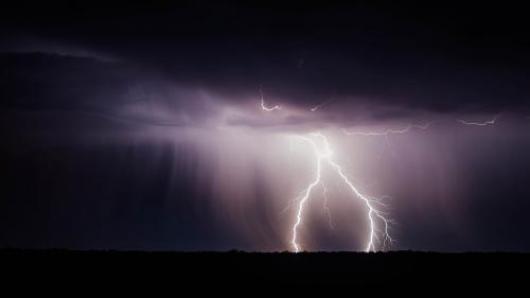Course description
This course focuses on the role of land conservation in advancing sustainability. It focuses on the applied tools and strategies used to identify and protect land in the United States and now increasingly applied around the world. The course details the extraordinary growth and success of public and private land conservation in the United States. We delve into the origins of land conservation and its development in the context of the broader environmental movement in the United States. We discuss land protection in the United States after European settlement, focusing first on the creation of public parks, forests, and nature preserves, including landmark actions to protect emblematic landscapes like the Boston Common, Yellowstone and Yosemite National Parks, and the Adirondack Forest Preserve. We place these efforts in the context of the changing cultural and economic trends of the eighteenth to twentieth centuries, and also consider them from the perspective of the different land use approaches among the indigenous populations of the Americas. Our focus then shifts to what has become one of the best-kept secrets in conservation: the dramatic growth, scale, and practicality of private land conservation. We discuss the range of practice of land trusts in the US, including public-private conservation partnerships. We pay special attention to the building blocks of private and public land conservation, including financial incentives; practical and flexible legal agreements and instruments; financing mechanisms; entities to facilitate these projects, including land trusts; protection criteria; community values; and the growing importance of climate change issues in land protection. We address the role of land conservation in inner-city, urban, and other marginalized communities, and explore how issues of diversity, justice, and inclusion are changing the composition of the land conservation community and consequently its focus. We address the issue of climate change and its effects on cross-class and intergenerational equity, as well as techniques for incorporating climate issues into land conservation practice.








